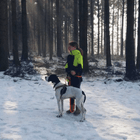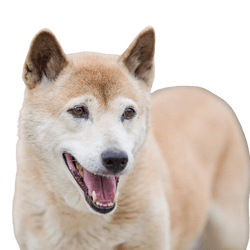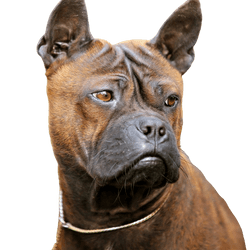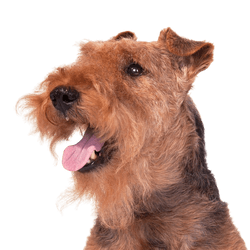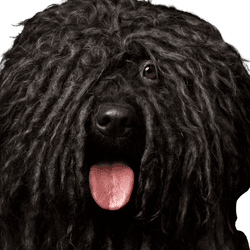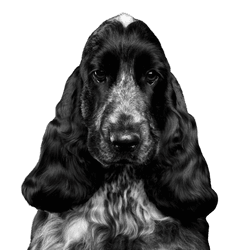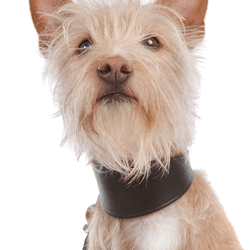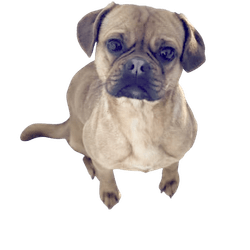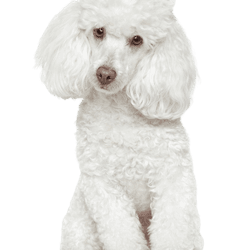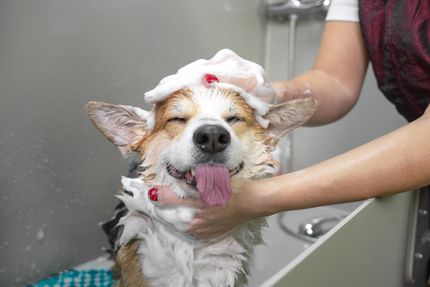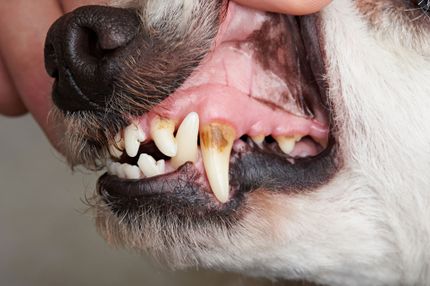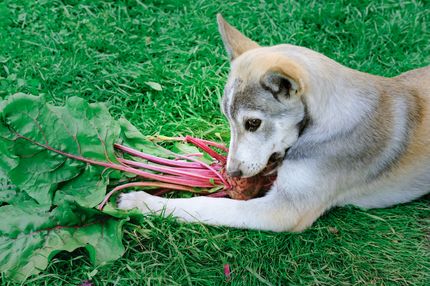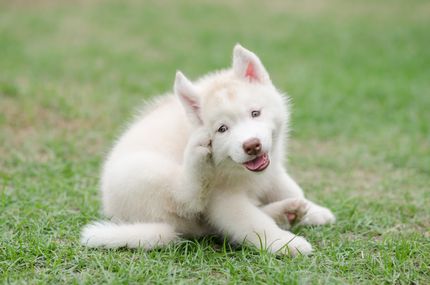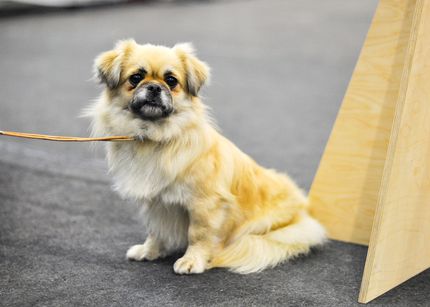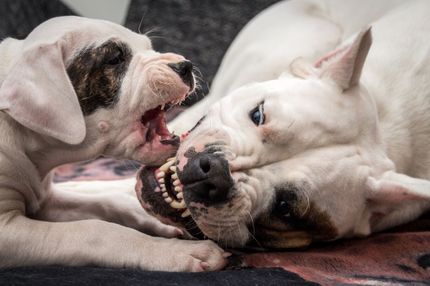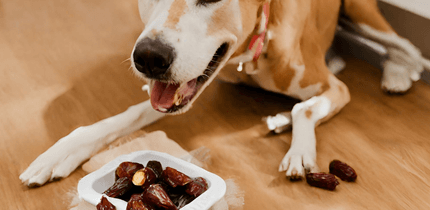Facts & Origin
Kopov - the Slovakian wild boar in a breed portrait
Descent and origin of the Slovenský Kopov
The dog breed Slovenský Kopov originates from Slovakia, as the name suggests. The dogs belong to the oldest and certainly also the most unknown dog breeds in Central Europe. This was due to the fact that this dog was mainly kept by hunters. Towards the end of the Second World War, hunters from Slovakia and the Czech Republic undertook to breed a purebred dog for hunting black and predatory game from the then existing Bracken. The result was the Slovakian wild boar Bracke, the Kopov. Its ancestors were the Bracken brought to Hungary by Celts in the 4th century, who crossed there with native Scythians, and later with Austrian Bracken and Polish and Hungarian sighthounds. In 1940 the first breed standard was created for the Kopov, in 1963 the official recognition by the FCI took place.
Breed characteristics of the Slovakian Black and White
The Kopov is a dog breed recognized by the FCI, which is listed in the FCI group 6 (Running dogs, bloodhounds and related breeds), section 1.2 (Medium-sized running dogs), standard no. 244 with working test.
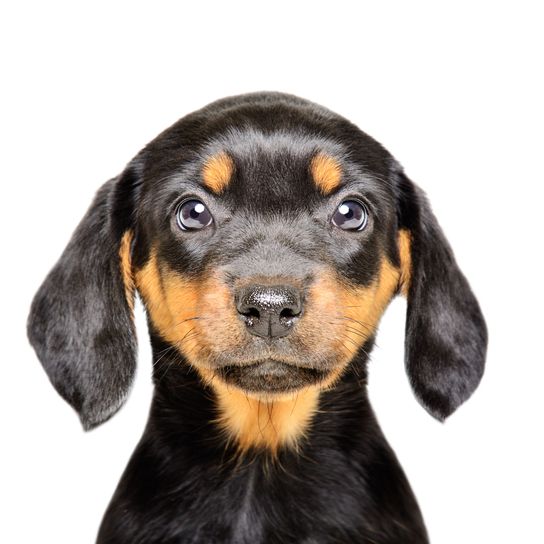
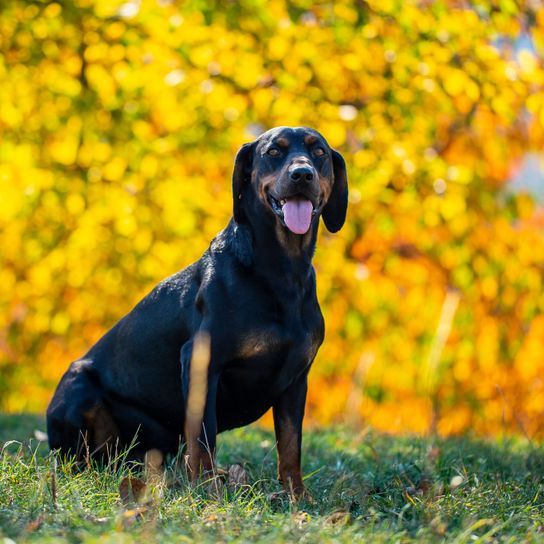
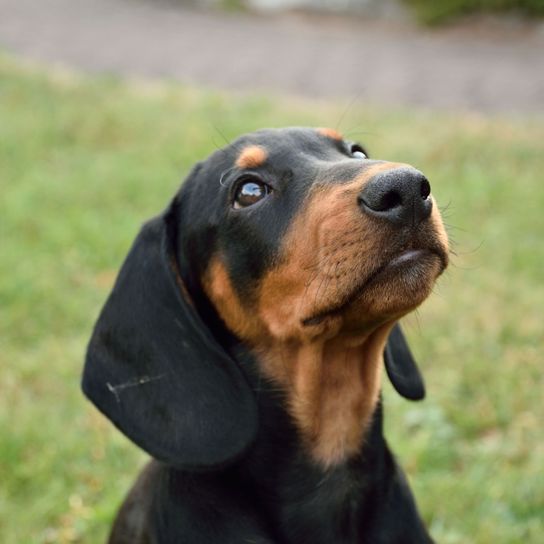
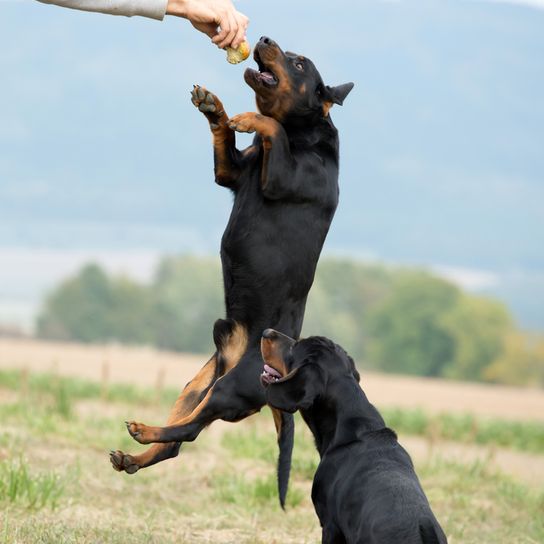
| Alternate Name | Slovakian wild boar, Slovenský Kopov |
| Origin | - |
| Life expectancy | 10 - 13 years |
| Care requirements | low-maintenance |
| Activity level | average to high |
| FCI group | Scent hounds |
| AKC group | not recognised |
| KC group | not recognised |
Attitude, character and temperament of the breed
The dogs have a calm even temperament, are fond of children and obedient to their owners.
Special traits and examples of temperament are:
- Intelligence
- Independence
- liveliness
- Agility
- Endurance
On the other hand, the Kopov is sometimes a very headstrong dog, which belongs in the hands of an experienced dog owner.
Husbandry and training
The breed has a strong need for activity and exercise. Basically, they need hunting, which is what they were bred for, in order to be kept in a manner appropriate to their species. The Kopov is one of the best running dogs of its kind. It can work for hours on the hunt with an unbelievable endurance and independence in flushing, herding and tracking. The Kopov is also known for its innate, very good orientation ability. Even if it has tracked a piece of game for miles in rough terrain, it is guaranteed to find its way back to the starting point or to his hunter. If the dog should run away during the walk because of its distinctive hunting instinct, it is enough to wait there, your dog will find back in any case. However, dog owners who do not keep the dog for hunting should better walk it on a leash. In the education above all a lot of empathy is demanded if one wants to build up a trust relationship to the Kopov. If you meet the dog with harshness, it will refuse any obedience and react stubbornly. But if it accepts his owner as a leader, the Kopov will show all its good qualities.
Character
Usage
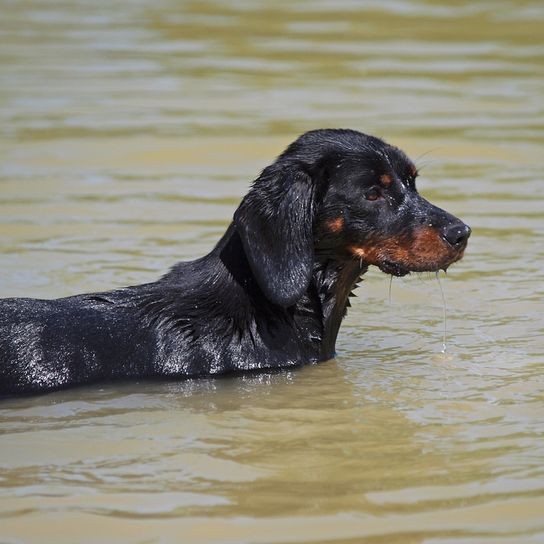
Health and breeding information
Care and nutrition
The coat care of the dogs is undemanding. Their short, insensitive coat can be brushed from time to time. Special attention is to be directed however to the claws. On soft forest soil, on which the hunting dog is predominantly on the move, these wear off too little. They must be cut therefore regularly. The diet of the dogs is not demanding. High-quality dry or wet food twice a day is sufficient.
Health and life expectancy
Breed-specific diseases of these original, robust dogs are unknown so far. The life expectancy of healthy dogs is 13 years.
Things to know about the Kopov dog
To learn more about this dog breed, it is recommended to visit the homepage of the Schwarzwildbrackenverein. There you will find information about breeding successes, breeders, puppy placement and purchase possibilities of this breed.

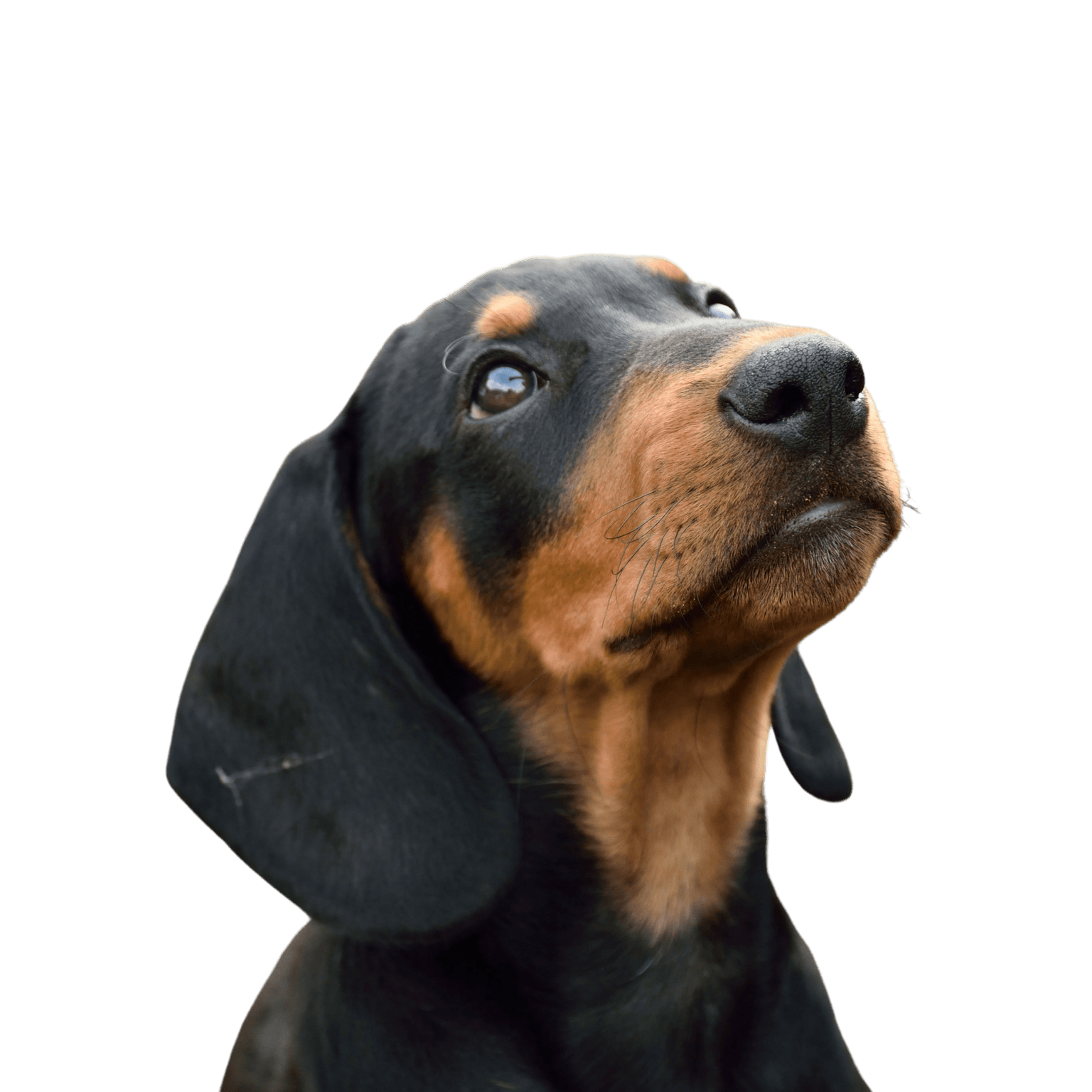
Breed characteristics and appearance of the Slovakian Hound
The Kopov looks similar to a Doberman. Its light and high-legged build, its short-haired, black to mahogany-colored coat with red blaze or markings, give this impression. However, it is not related to the Doberman. The males of this breed have a height at the withers of 45-50 cm, the females of 40-45 cm, with a weight of 15-20 kg.
| Fur length | short |
| Fur | flat coated |
| Ear shape | Floppy Ear |
| Tail | lang |
| Anatomy | rugged, hefty |
| Size ♀ | 40 - 45 cm |
| Weight ♀ | 15 - 20 kg |
| Size ♂ | 45 - 50 cm |
| Weight ♂ | 15 - 20 kg |
| Suitable For | - |
Colors







